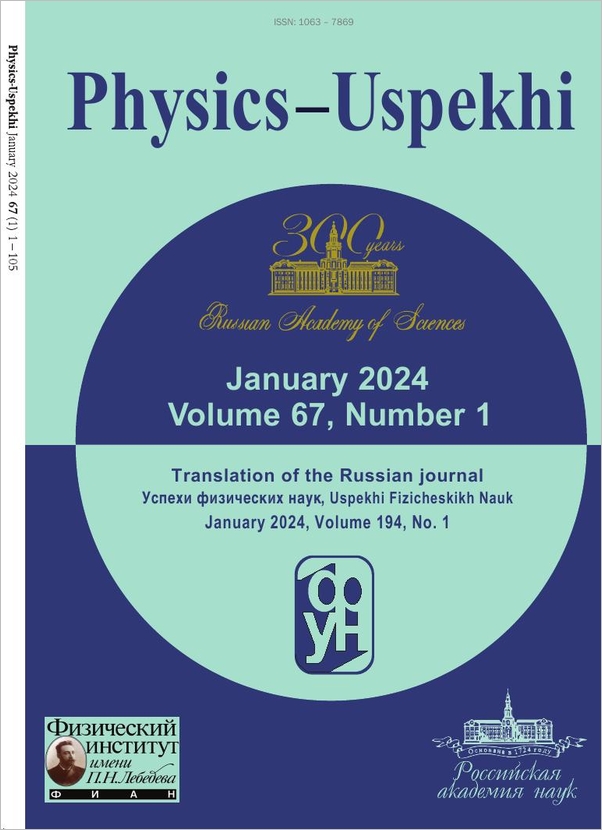|
This article is cited in 80 scientific papers (total in 80 papers)
REVIEWS OF TOPICAL PROBLEMS
lonization waves in low-temperature plasmas
P. S. Landa, N. A. Miskinova, Yu. V. Ponomarev
Lomonosov Moscow State University
Abstract:
The ionizational instability, which results in the excitation of moving and standing striations, is one of the most common instabilities in low-temperature plasmas. Phenomena analogous to striations are encountered not only in a variety of fields in physics but also in related sciences, such as chemistry, biology, and ecology. Striations are thus of general scientific interest. This paper reviews experimental and theoretical research on striations published for the most part over the past decade and thus after the 1968 publication of the reviews by Nedospasov, Pekarek, and Oleson and Cooper. New and more comprehensive scaling laws are used for a systematic description of the regions in which moving and stationary striations exist in inert and molecular gases. From the standpoint of the general theory of oscillations these striations may be thought of as a particular case of a very distinctive wave process with "unusual" properties. It is thus useful to describe the striations by an oscillation approach involving the methods of wave theory. The kinetic theory of striations has been developed markedly in recent years, but the usefulness of the hydrodynamic theory of striations, modified appropriately, has not yet been exhausted, at least with regard to a qualitative explanation of the experimental properties of striations. The linear and nonlinear hydrodynamic theories for the formation of moving and stationary striations at intermediate and high currents, incorporating such factors as the deviation from a Maxwellian electron distribution function, oscillations in the density of metastable atoms, and wave reflection from boundaries, yield several results: the conditions for the spontaneous excitation of striations, the shape of the striations, an explanation for the existence of a striation-free region, an explanation for the excitation of one or several types of striations, confirmation of Novak's rule stating that the potential drop over the length of a striation remains constant, etc. The nonlinearity of the system proves important in the study of such questions as the asynchronous suppression of striations and the excitation of stationary striations in inert and molecular gases.
Citation:
P. S. Landa, N. A. Miskinova, Yu. V. Ponomarev, “lonization waves in low-temperature plasmas”, UFN, 132:4 (1980), 601–637; Phys. Usp., 23:12 (1980), 813–834
Linking options:
https://www.mathnet.ru/eng/ufn9242 https://www.mathnet.ru/eng/ufn/v132/i4/p601
|


| Statistics & downloads: |
| Abstract page: | 95 | | Full-text PDF : | 31 |
|





 Contact us:
Contact us: Terms of Use
Terms of Use
 Registration to the website
Registration to the website Logotypes
Logotypes







 Citation in format
Citation in format 
